
Japanese farmhouses are traditional homes that have been passed down through generations, preserving their historic charm and elegance.
These homes showcase unique architectural styles and materials, with features varying depending on the time period and region.
In this article, we’ll explore the allure of Japanese farmhouses and take you on a journey through these captivating homes across Japan.
Understanding Kominka: Explaining the Meaning and Origins
The word itself is composed of two kanji characters: “古” (ko), which means “old,” and “民家” (minka), meaning “people’s house” or “residential house.”
By combining these kanji, the term “kominka” is used to describe old, traditional residential houses in Japan.
Architectural Styles of Japanese Traditional Houses
Japanese traditional houses, or “kominka,” generally refer to buildings that are more than 50 years old and built using traditional Japanese architectural methods.
In Japan’s cultural property registration system, buildings aged 50 years or more are eligible for registration, and the same criteria apply to the old materials used in kominka.
There are various types of kominka, such as rural houses, town houses, samurai houses, and village headman’s mansions, each with its unique architectural style reflecting the local customs and climate.
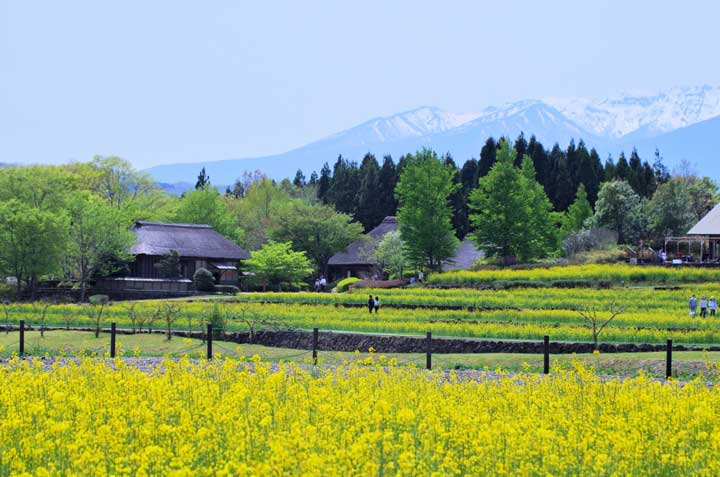
One of the charms of kominka is the straw-thatched roof and the large overhanging eaves that are designed to be compatible with Japan’s climate and environment.
In addition, various types of locally harvested wood are used in the construction, and the old materials smoked by the hearth are said to have beautiful colors and insect-repellent properties.
As the strength of wood increases over time, kominka are known for their durability, boasting high-quality wood that is far superior to that of modern homes.
With these features, kominka will continue to be cherished by many as captivating buildings that allow people to experience the history and culture of Japan.
History Preserved in Japanese Traditional Houses
Japanese traditional houses reflect the lifestyles and culture of the people who once lived in them.
Features such as the hearth and earthen floor served as gathering spaces for family members to share meals and stay warm.
Traditional Japanese furniture and fittings such as shoji and fusuma (sliding doors and partitions) can also be found in these homes.
Spaces like the tokonoma (alcove) and shoin-zukuri (study-style room) provide glimpses into the past and the cultural practices of the time.
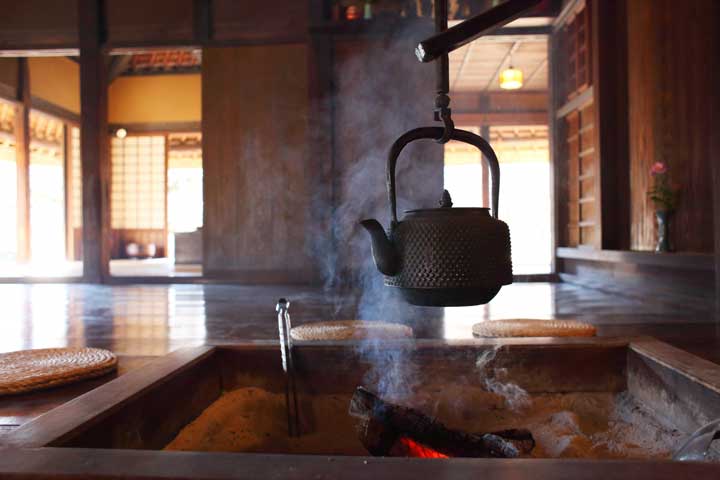
Japan’s Oldest-Class House: Hakogi Sennenya
Located in the Kita-ward of Kobe City, the historic house “Hakogi Sennenya” is considered one of the oldest existing Japanese houses, with its main building dating back to the Muromachi period.
According to the “Settsu Meisho Zue,” this historical structure was built in 806 and has been called a “thousand-year house.”
During the Edo period, the Hakogi family served as village headmen and had to relocate their house to its current location due to the construction of the Nodo Dam.
The main building and annex were connected into one structure during the late Edo period, but they were separated and restored to their original form during the relocation.
Radiocarbon dating has revealed that the six pine pillars used in the main building were cut down during the late Kamakura period.
In the museum, visitors can see antique farming tools and models, offering a glimpse into history.
As one of Japan’s three major thousand-year houses, Hakogi Sennenya, along with the Furuike House (Himeji City, Hyogo Prefecture) and the Yokooji House (Kasuya District, Fukuoka Prefecture), serves as a valuable testament to Japan’s history and culture.
Modern Efforts to Utilize Japanese Traditional Houses
In recent years, there has been a growing movement to renovate and repurpose Japanese traditional houses as cafes, accommodations, art spaces, and community centers.
This not only brings the history and charm of these homes into contemporary life but also contributes to the revitalization of local communities.
Traditional House Cafes: Enjoying Coffee in a Nostalgic
Atmosphere Traditional house cafes offer a retro ambiance where guests can relax and enjoy coffee and dishes made from local ingredients.
These cafes often showcase and sell regional crafts and traditional items, making them appealing destinations for tourists.
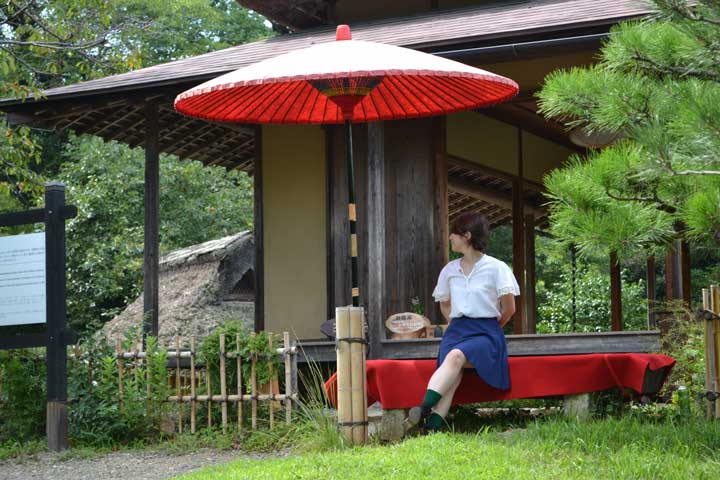
Traditional House Accommodations and Guesthouses: A Unique Stay in Historic Buildings
Renovated traditional house accommodations combine the comfort of modern amenities with the charm of traditional architecture.
Guests can enjoy Japanese-style bedrooms with tatami flooring and gather around an irori hearth in the living room.
Traditional House Art Spaces: Where History and Contemporary Art Coexist
Japanese traditional houses are also being used as art spaces, where artists can exhibit their work in a unique setting that blends old-world charm with contemporary sensibilities.
Traditional Houses as Community Spaces: Rediscovering the Allure of Local Communities
Traditional houses are increasingly being used as community spaces where locals can gather, socialize, and engage in workshops and events.
These spaces can also serve as venues for learning about regional traditions and cultural practices.
Preserving and Passing on Traditional Houses: Cultural Assets for Future Generations
As the renovation and utilization of Japanese traditional houses continue to gain momentum, there is a growing focus on preserving these historical structures and traditional construction techniques for future generations.
Efforts include the acquisition of restoration skills by specialists, as well as local residents taking an active role in maintaining these valuable cultural assets.
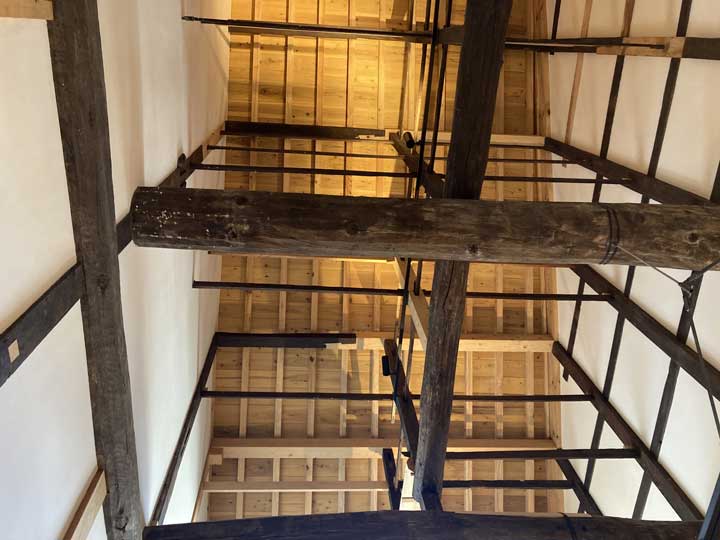
Must-Visit Traditional House Spots
Japan is home to numerous beautiful villages filled with traditional kominka houses. Below are some of the most famous and popular villages among tourists.
Shirakawa-go (Gifu Prefecture)
Registered as a UNESCO World Heritage site, Shirakawa-go is known for its unique architectural style called “gassho-zukuri.”
These structures were built to withstand the harsh natural environment of heavy snowfall, making them incredibly popular among tourists.
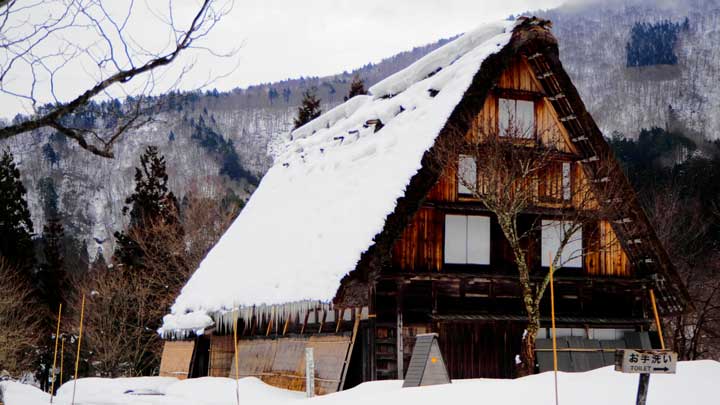
Narai-juku (Nagano Prefecture)
Narai-juku is a well-preserved post town from the Edo period, featuring a beautiful streetscape lined with kominka houses.
This historical townscape has also been used as a filming location for movies and TV dramas.
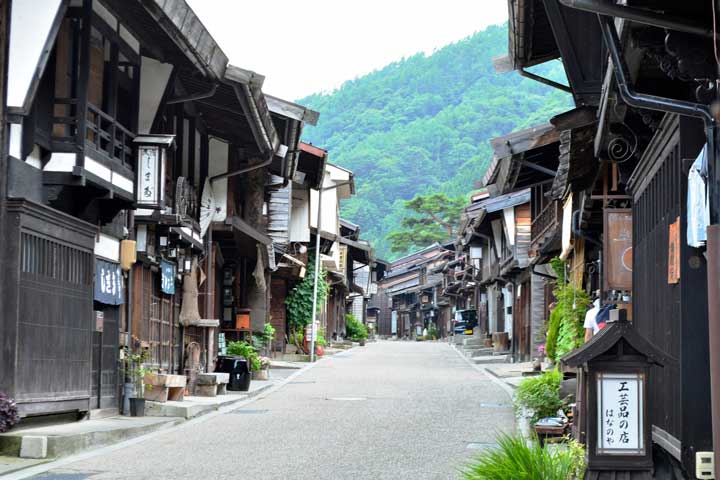
【Narai-juku Tourist Assosiation】
Gokayama (Toyama Prefecture)
Gokayama is another village featuring gassho-zukuri houses, often mentioned alongside Shirakawa-go.
With fewer tourists than Shirakawa-go, visitors can enjoy the traditional houses in a quieter atmosphere.
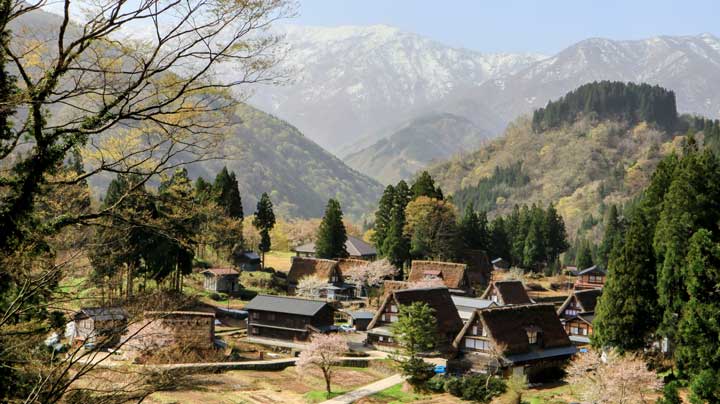
Tanba Sasayama Syuraku Maruyama (Hyogo Prefecture)
Located in Tanba Sasayama, Hyogo Prefecture, Maruyama village boasts beautifully preserved kominka houses dating back to the Edo period.
Surrounded by nature, visitors can experience the charm of old Japan in a tranquil setting.
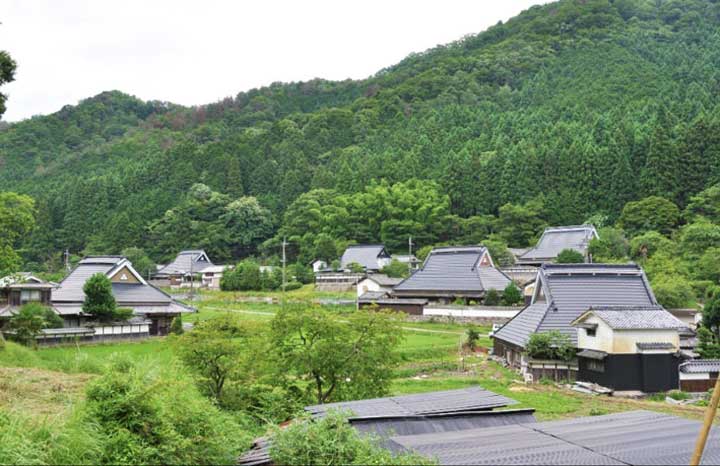
These kominka villages offer visitors a glimpse into Japan’s traditional architectural styles and history, making them truly remarkable destinations.
Conclusion
A journey through Japan’s traditional houses not only offers an opportunity to appreciate the country’s rich history and culture but also allows visitors to connect with the unique charm and landscape of each region.
Traditional house tourist spots and accommodations provide an escape from the modern world, offering a glimpse into the past and a deeper understanding of Japan’s cultural heritage.
By optimizing this article for the keyword “Japanese traditional house,” we hope to make it more accessible and engaging for readers interested in exploring these captivating homes.



